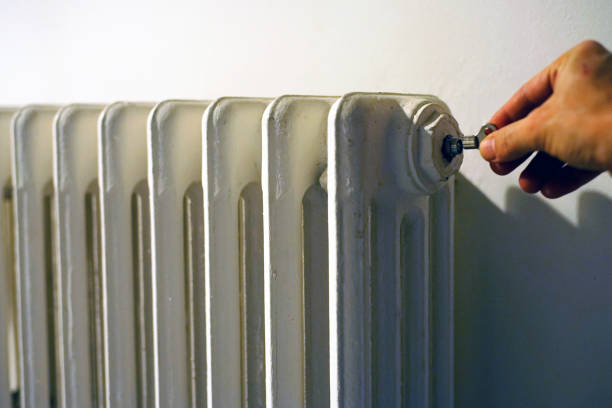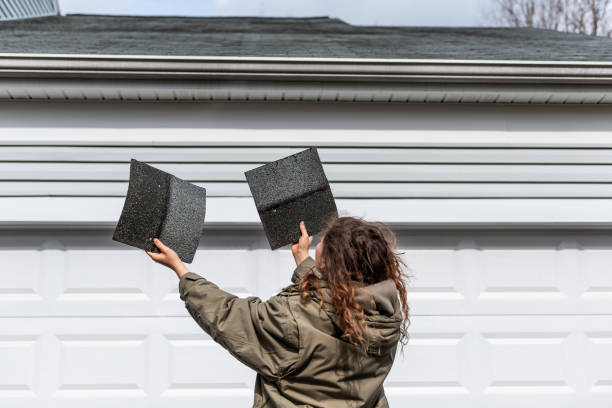
Have you noticed your energy bills increasing despite your best efforts to reduce consumption? If so, you may be experiencing air leaks in your home.
Air leaks occur when outside air enters your home through gaps, cracks, or openings, which causes your heating or cooling system to work harder to maintain a comfortable temperature.
This leads to higher energy bills and decreased energy efficiency. The good news is that many effective air-sealing methods can prevent these air leaks and improve the energy efficiency of your home.
In this article, we will provide a comprehensive guide to air sealing your home, including tips and techniques to help you identify and seal air leaks. By following these methods, you can save money on your energy bills, reduce your carbon footprint, and make your home more comfortable all year round.
Conduct a Home Energy Audit
Before addressing air leaks, it is important to understand where they are coming from. Hiring a professional to conduct a home energy audit is the best way to determine where the air leaks are and how best to seal them.
This will identify specific areas that need attention and ensure that you are addressing the right issues. A professional energy audit can also identify other areas for improvement, such as adding insulation to the attic or upgrading to more efficient appliances.
Focus on the Attic
The attic is one of the most common areas for air leaks in a home. To prevent air leaks in this area, it is important to ensure that the attic is properly insulated and sealed. This can include sealing gaps around pipes and ducts, adding insulation to the attic floor, and sealing gaps around the perimeter of the attic.
Seal Doors and Windows
Doors and windows are also common areas for air leaks in a home. To prevent air leaks in these areas, it is important to ensure that they are properly sealed. This can include adding weatherstripping to doors and windows, caulking gaps around window frames, and adding storm doors and windows.
Seal Electrical Outlets and Switches
Electrical outlets and switches can also be a source of air leaks in a home. To prevent air leaks in these areas, it is important to ensure that they are properly sealed. This can include adding foam gaskets behind electrical outlets and switch plates, which can help prevent air from leaking through the gaps around the outlet or switch.
Seal Air Ducts
Air ducts can also be a source of air leaks in a home. To prevent air leaks in these areas, it is important to ensure that they are properly sealed. This can include using mastic sealant or metal tape to seal any gaps or leaks in the air ducts.
Use Spray Foam Insulation
Holly & Todd Frankenfield at iFoam Greater Tulsa Oklahoma says “Spray foam insulation is a type of insulation that is applied as a liquid and then expands into a foam. It is often used in residential and commercial buildings because it can provide a tight seal and help to prevent air infiltration and heat transfer.”
This is the reason why spray foam insulation is an effective way to prevent air leaks in a home. That’s because it can seal gaps and cracks in walls, ceilings, and floors. It expands to fill gaps and provides a strong, airtight seal that prevents air from leaking.
Use weatherstripping
Weatherstripping is a simple and affordable way to seal gaps around doors and windows. It involves applying a strip of material, such as foam, felt, or vinyl, to the edges of doors and windows to prevent air from leaking in or out. Weatherstripping is easy to install and can be purchased at most hardware stores.
Caulk around electrical outlets
Electrical outlets and switches can be a major source of air leaks in your home. To prevent air leaks around these areas, apply a bead of caulk around the edge of the outlet or switch plate. This will help to create an airtight seal and prevent outside air from entering your home.
Install a door sweep

A door sweep is a flexible strip of rubber or plastic that is attached to the bottom of a door to prevent drafts and air leaks. It works by creating a seal between the bottom of the door and the threshold. Door sweeps are easy to install and can be purchased at most hardware stores.
Conclusion
In conclusion, there are many effective methods for air sealing your home to prevent air leaks and improve energy efficiency. Conducting a home energy audit, focusing on the attic, sealing doors and windows, sealing electrical outlets and switches, sealing air ducts, and using spray foam insulation, and the other methods mentioned above are all effective ways to prevent air leaks in your home.
Published by HOLR Magazine.


